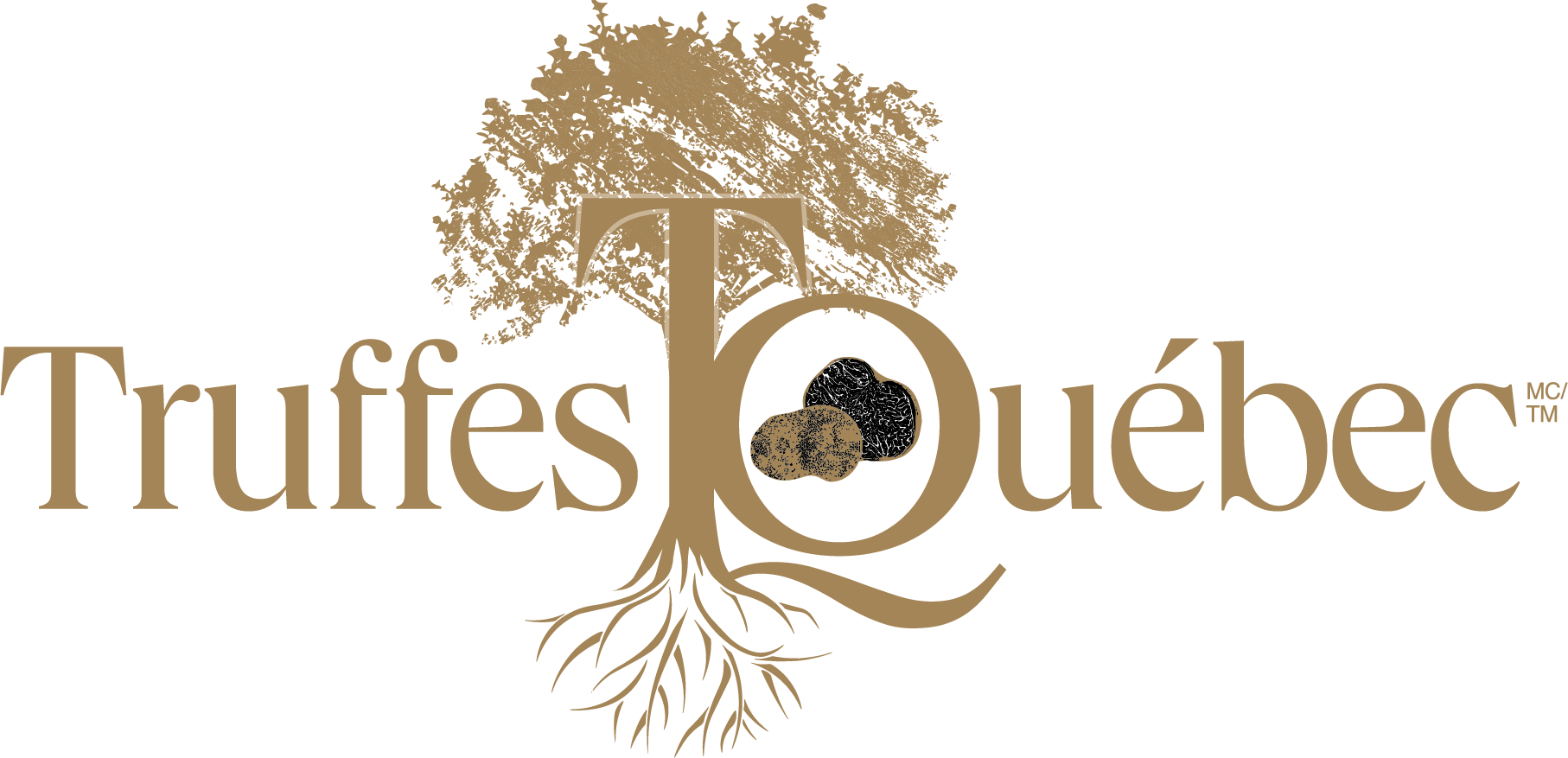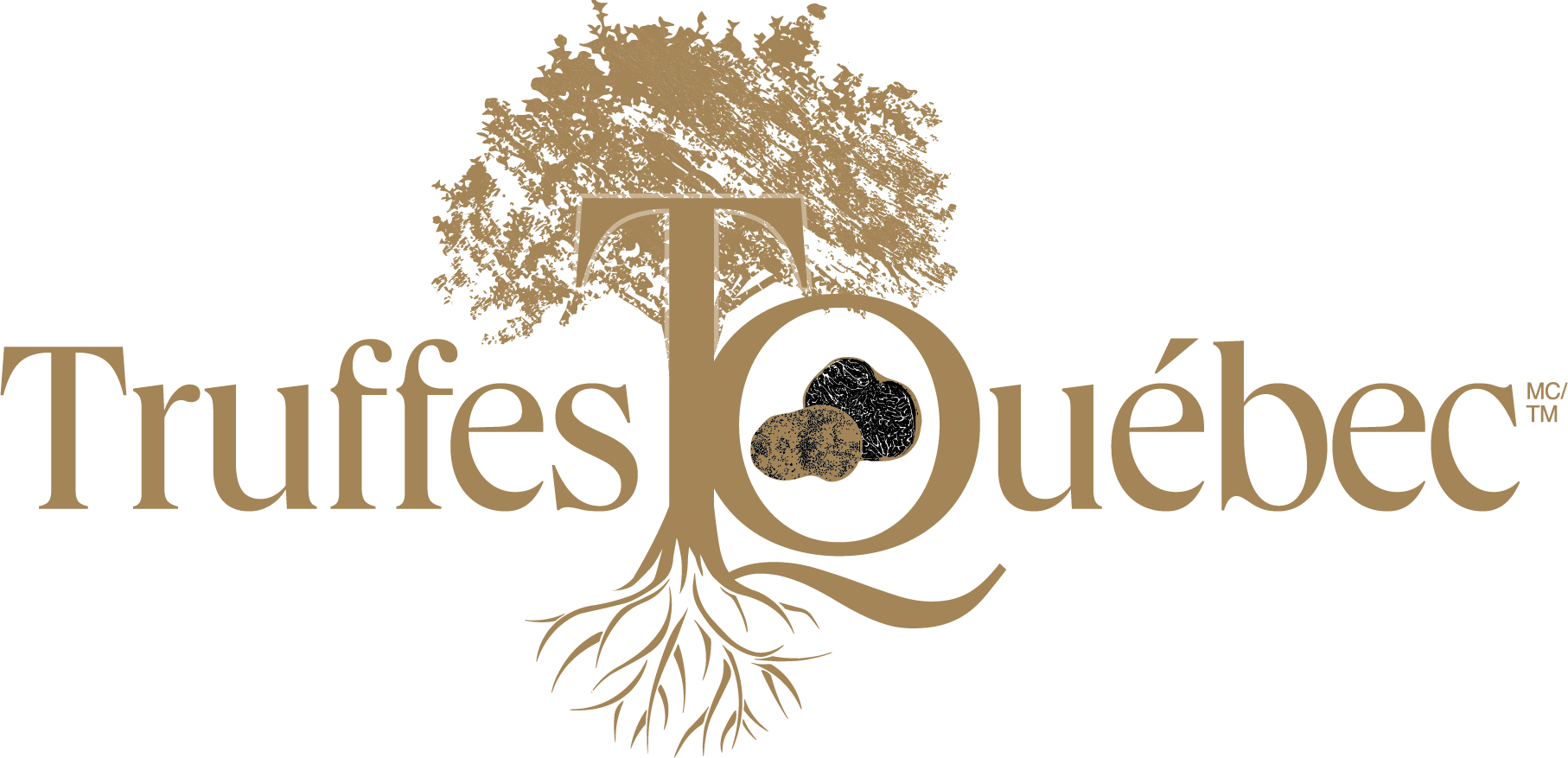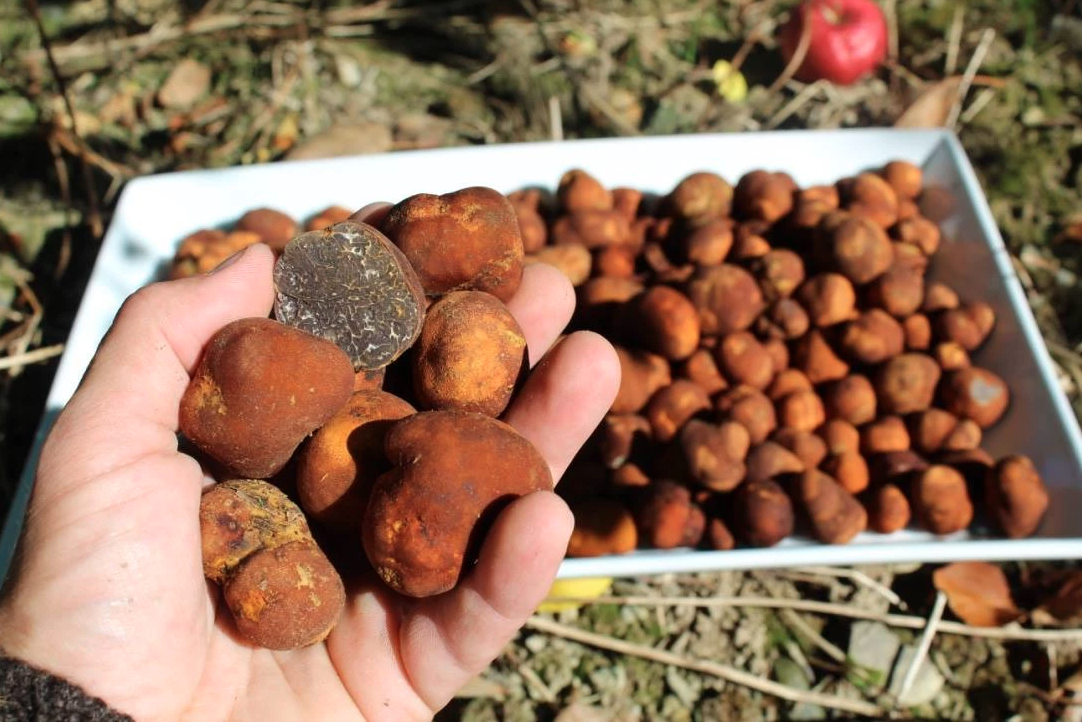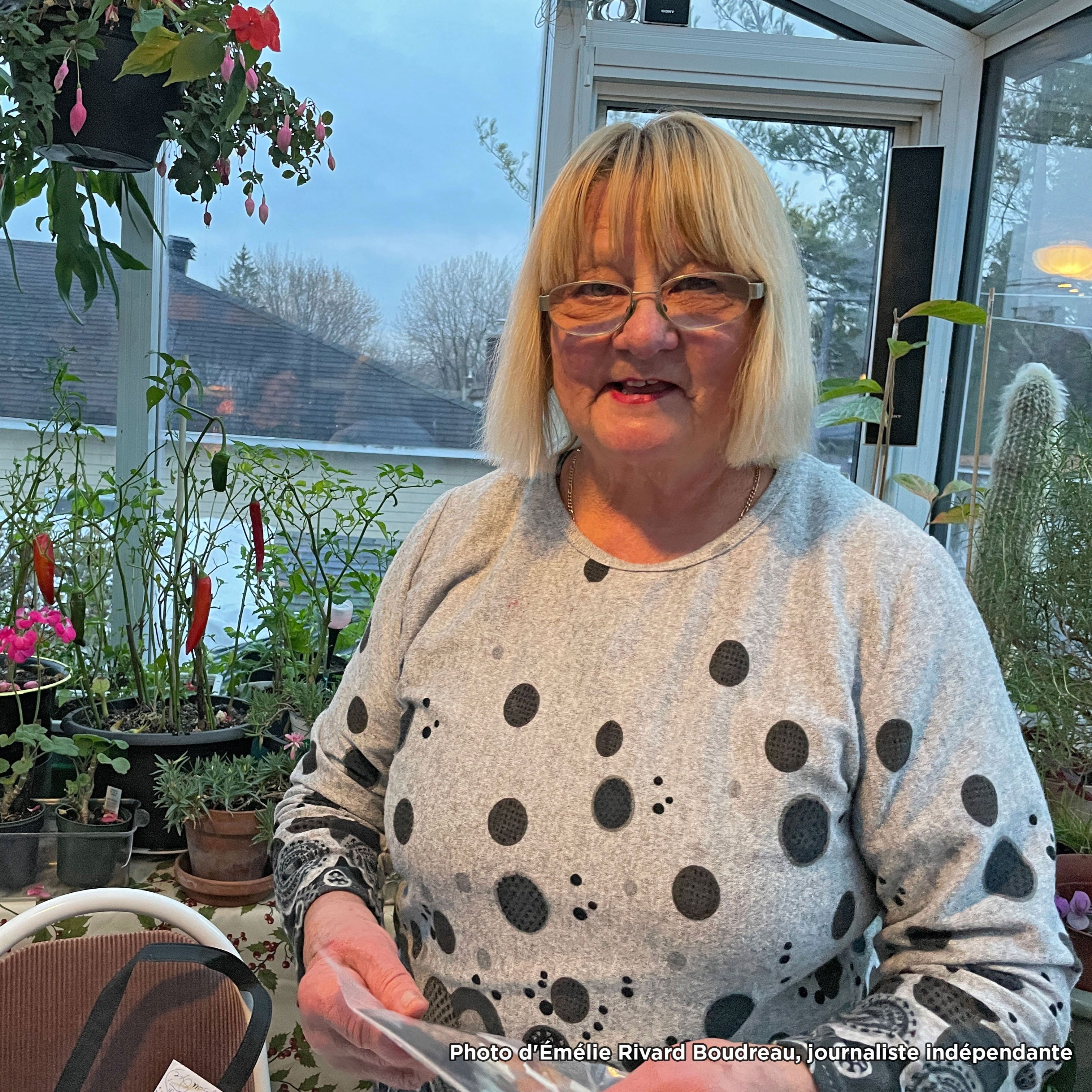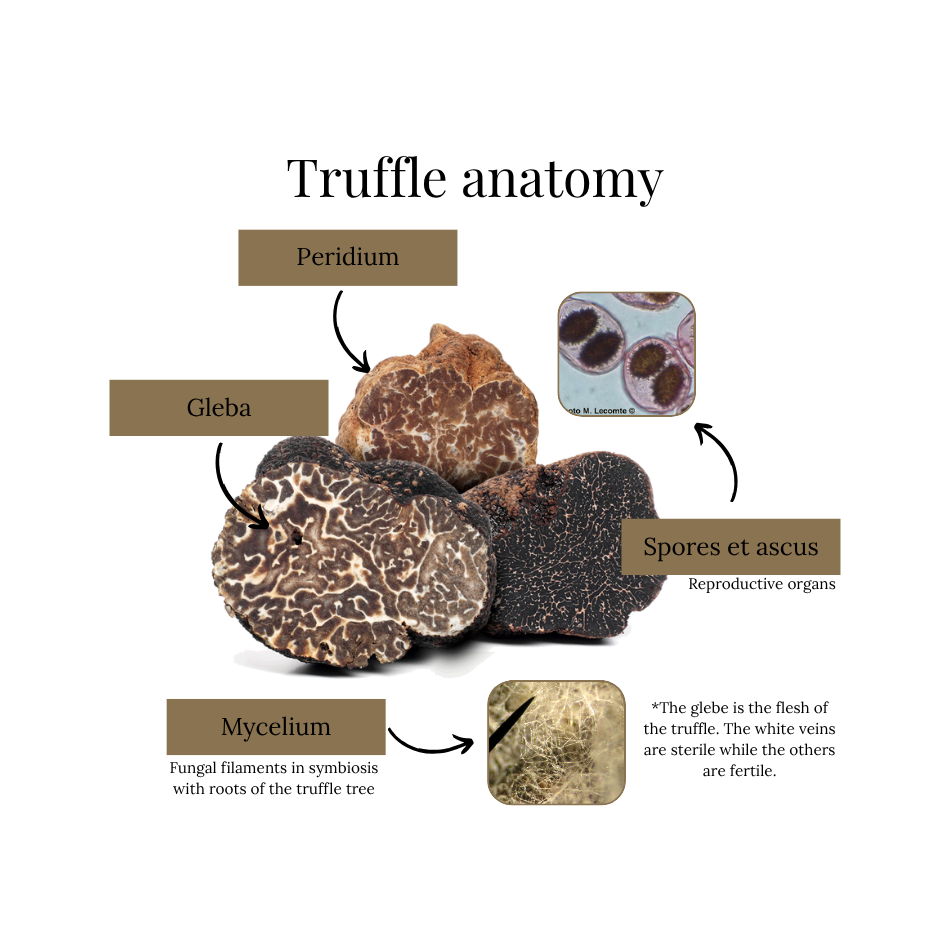
What is a truffle?
The truffle is the fruiting body of an underground fungus of the genus Tuber. Unlike many species of fungi that simply grow on decaying organic matter, the truffle is said to be ectomycorrhizal, meaning that it must be in symbiosis with the roots of a tree in order to thrive.
Truffles are made up of several parts, including the mycelium buried underground, the hyphae that make up this network and of course, the ascocarp, the visible part that we savor.
Here, we group truffles into three broad categories: native truffles , naturalized truffles , and European truffles . Discover below the characteristics that distinguish them from each other.
From 1980 to today...
The history of truffles in Quebec
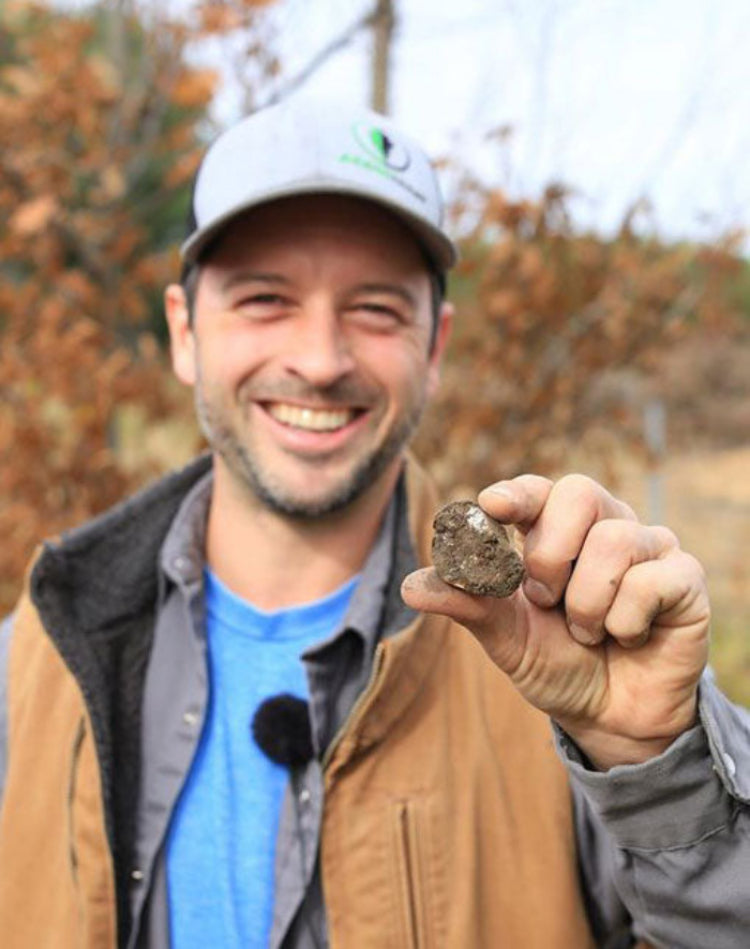
2009: passion
It was during his studies in microbiology that Jérôme Quirion, co-owner of Truffes Québec and president of AborInnov, began to take a serious interest in truffle cultivation. During an internship in 2009, he discovered the existence of about ten native Quebec truffles, including the Appalachian truffle, a local product with strong commercial and gastronomic potential. Jérôme eventually gave up his master's degree to pursue research and development of truffle plants adapted to the Quebec climate.
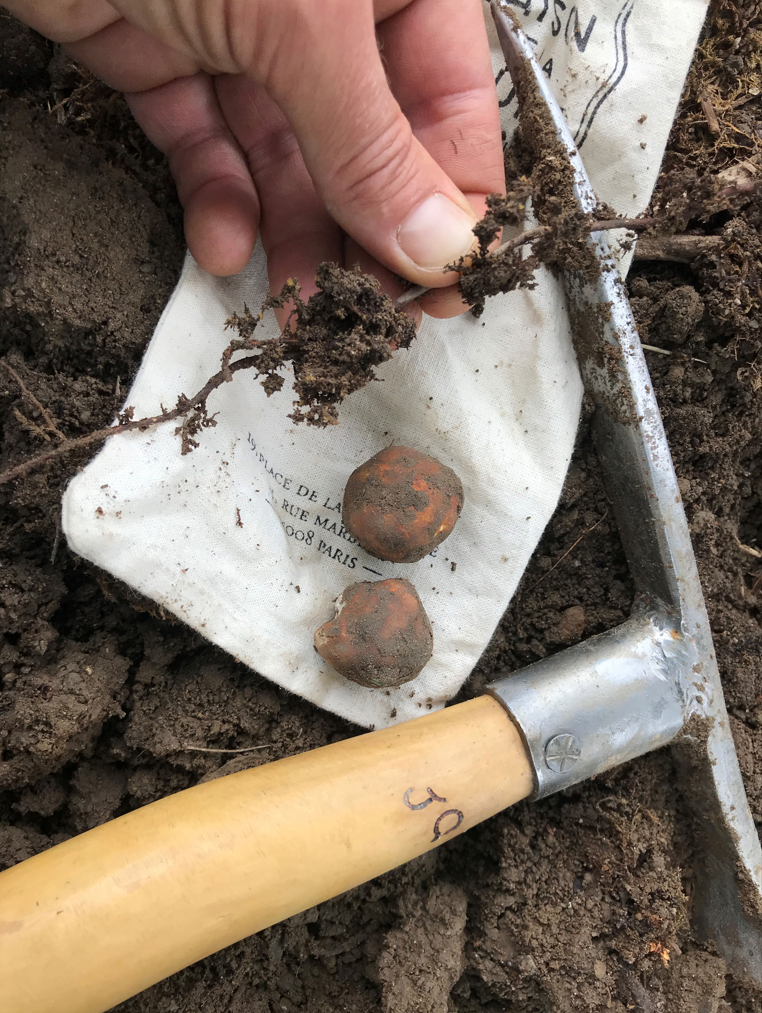
2010: research
Following his discovery, the biologist planted nearly 2,000 nut trees on a farm in the Sherbrooke region and called upon the expertise of Francesca Marzitelli to obtain the native specimens he needed for his experiments. After seven years of work, he and his team finally found the recipe for establishing the symbiosis necessary for the growth of the Appalachian truffle in the roots of truffle trees. A discovery that would be worth its weight in gold!
“ We are the first in the world to cultivate the Appalachian truffle ” – Jérôme Quirion
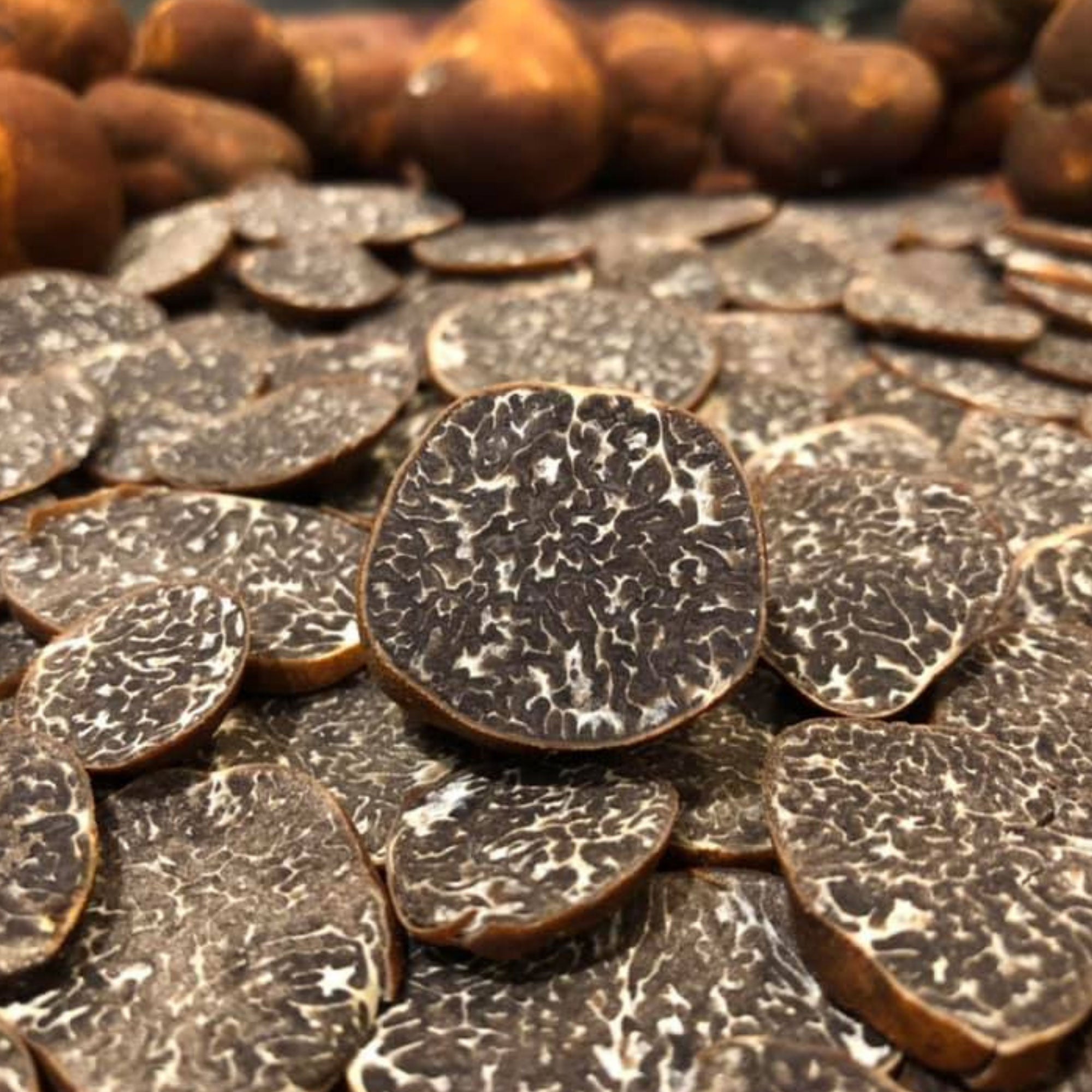
2015: democratization
Since 2015, Truffes Québec—born from a partnership between ArborInnov, Jérôme's first company, and then other partners—has been working to propel truffle cultivation in Quebec. Interested producers can now start their own truffle tree plantation in Quebec, thanks to the advice and expertise of our team.

2020: materialization
In June 2020, Maude, Jean-Simon and Hugues took the plunge into the world of truffle farming and established the first truffle farm under Truffes Québec, Les Rabassaires , located in Centre-du-Québec! The very first Truffes Québec producer contract was signed on November 19, 2019.
The three entrepreneurs demonstrated inspiring curiosity by daring to embark on this ambitious project. They decided to actively participate in the expansion of the truffle industry in Quebec by planting 1,700 truffle trees on their family farmland. Their project is an inspiring example of perseverance and innovation.
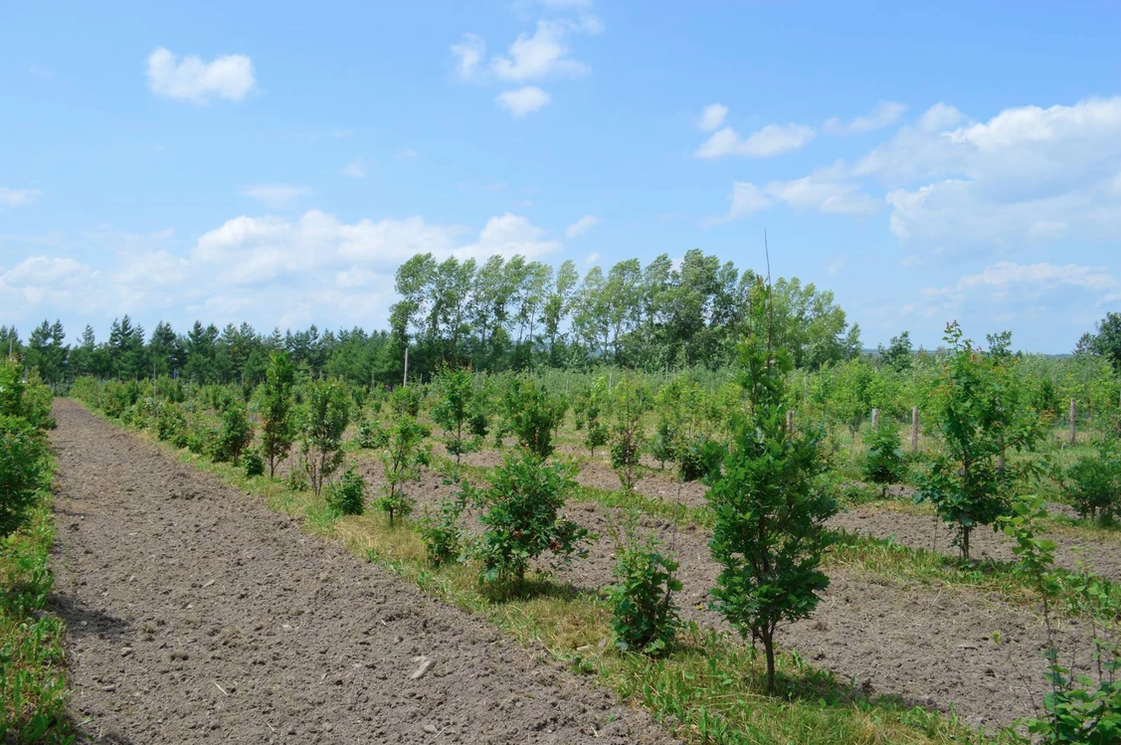
today: growth
Today, Truffes Québec brings together more than 75 producers, nearly 100,000 trees sold, approximately 75 hectares of truffle cultivation and major partnerships with, among others, the Myco Mauricie sector, Kamouraska Mycologique, Biopterre, UQTR and CRIBIQ. We want to continue building an economy based on the promotion of our terroir, the pride of our producers and the sharing of our local culture.
The local truffle is “ A hidden treasure, an unsuspected wealth for our province and a valuable heritage for our children. ” – Maude Lemire Comeau, President and co-owner.
our truffles
native truffles
Native truffles are species of truffle that occur naturally in a specific region. They are adapted to the climatic conditions, soils, and ecosystems of that region. These truffles are prized for their unique aromas and flavors, which are often characteristic of the region where they are found.
native truffles

Appalachian Truffle
(Tuber canaliculatum)
This cinnamon-colored truffle with its captivating aroma is worthy of the finest chefs. Native to North America, it is known for its powerful, sweet yet complex aroma, which manifests as a delicious umami note. It's perfect for flavoring risotto, pasta, or eggs.
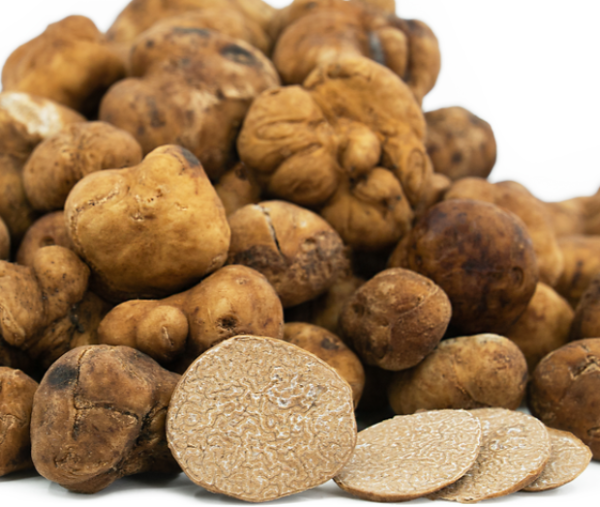
Pecan truffle
(Tuber Lyonii)
The Pecan truffle is native to the Central American region and is found naturally in Quebec. Its smooth surface varies from pale to dark brown with beige-yellow furrows. It has a garlicky aroma and offers an earthy, Parmesan-like, and nutty flavor. Harvested from August to December, it prefers sandy and loamy soils with a deep, compact clay layer.

Smoked truffle
(Tuber rufum #57)
The smoked truffle, whose scientific name is currently being characterized, is a species found in the Central-Eastern United States. It is a surprising truffle with strong gastronomic potential, presenting powerful notes of smoked sausage and vanilla. We only have very few trees of this species at the moment, but we have big aspirations!
naturalized truffles
Naturalized truffles are truffle species that have been introduced into a specific region where they are not native. These truffles can be successfully cultivated in regions that offer conditions similar to those of their native habitat. They are often imported from other countries for cultivation.
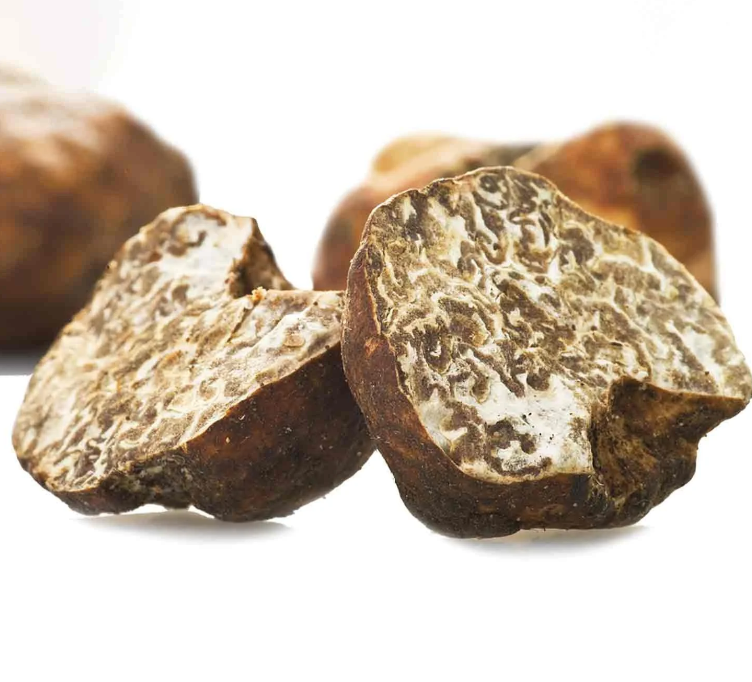
Truffle Bianchetto
(Tuber borchii)
Measuring from 1 to 10 cm, it can be picked from July to November.
More rustic than its Piedmontese cousin (called the white Alba truffle or Tuber magnatum ), the Bianchetto truffle has long been shunned by gourmets. This truffle has a unique garlicky, almost spicy taste that goes very well with butter. A little marvel to discover, raw or as the finishing touch to a hot dish! We know that the Tuber borchii was found in Quebec in its natural state and genetically sequenced. However, we do not yet know if it is a species that is also native to here or if it was introduced in another way.
European truffles
European truffles are a species of truffle native to Europe. They are renowned worldwide. These truffles are highly prized in haute cuisine and are considered luxury ingredients.
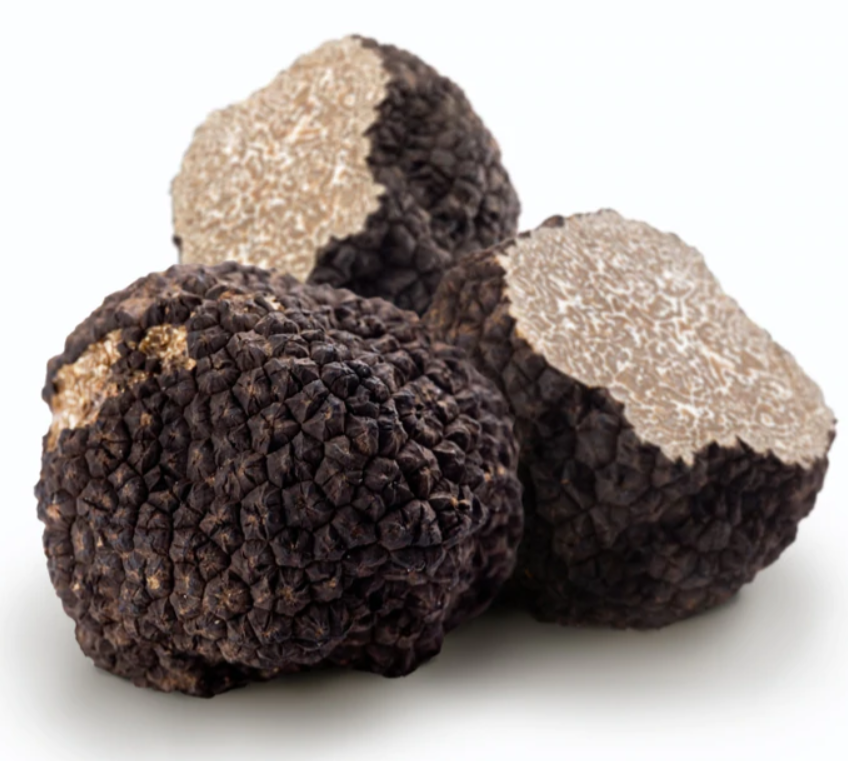
Bourgogne truffle
(Tuber uncinatum)
Measuring from 2 to 10 cm, it can be picked from September to December.
The Burgundy truffle is often overshadowed by the Périgord truffle ( Tuber melanosporum ), yet it was consumed long before the latter. It is the extraordinary aroma emanating from Tuber uncinatum that charms gourmets; a delicate forest scent enhanced with a generous touch of hazelnut and honey. Sublime in salads, on pasta, or to enhance cheese!
